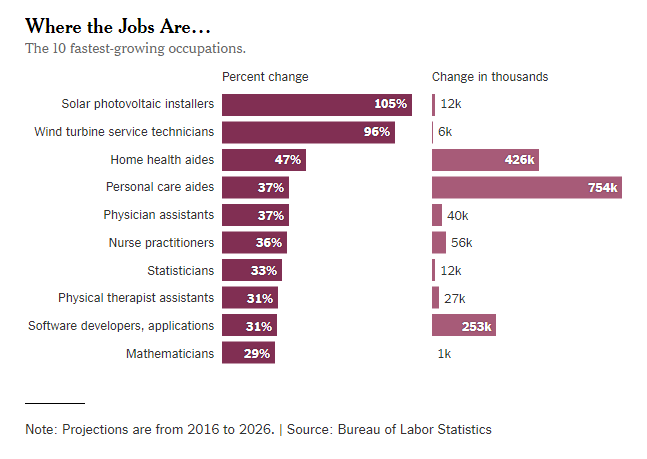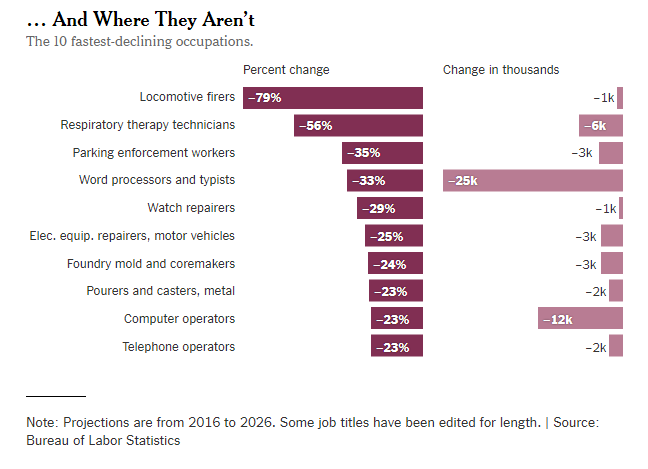(p. A8) A Wall Street Journal study of 10 recent technology-related prosecution cases in Taiwan found that in nine of those, prosecutors allege the technology ended up with or was intended for companies in China.
China’s technology ministry has in public statements said Taiwan and China should cooperate in high-tech sectors including semiconductors. It didn’t reply to requests for comment on the Taiwanese cases.
One case involved a Taiwanese unit of Idaho-based Micron Technology Inc., America’s largest memory-chip manufacturer. On a spring day in 2016, a 41-year-old engineer for the unit opened his company laptop and, according to Taiwanese prosecutors, tapped into Google search: “clear computer use records.”
Wang Yongming found a file-erasing program called CCleaner, which he used to try to delete traces of more than 900 files from his laptop before returning it to his employer, the prosecutors say.
Ten months after Mr. Wang returned the laptop to the company and left for a job with a smaller Taiwanese rival, United Microelectronics Corp. , Taiwanese authorities say they unearthed evidence of the documents, which detailed production-design secrets of Micron’s memory chips.
In August, Mr. Wang and others were indicted in Taiwan on charges of stealing Micron’s trade secrets for illegal use in China. Prosecutors allege Mr. Wang transferred the data to his new employer, which used the designs in service of a Chinese chip maker called Fujian Jinhua Integrated Circuit Co. Jinhua is now planning to mass produce its own version of the chips.
In Mr. Wang’s case, prosecutors say he has confessed to some charges. Mr. Wang couldn’t be reached, and his attorneys declined to comment. UMC declined to comment. Micron, in a separate lawsuit in California, alleges Jinhua masterminded the plan to take a shortcut through a thicket of knowledge Micron accumulated during decades of investment.
. . .
Around the time Mr. Wang left Micron Taiwan, in April 2016, the company conducted an internal investigation based on suspicions that he had made illegal copies of documents. When investigators raided UMC in February 2017, say Taiwanese prosecutors and Micron, Mr. Wang handed his personal cellphone to an assistant and instructed her to take it away—unaware that prosecutors had already obtained a court order to track the device, which investigators allege also contained incriminating information.
UMC, which Mr. Wang joined in April 2016 a few days after trying to erase files from his laptop, had in January 2016 struck a deal with Jinhua to supply the designs to mass-produce DRAM in exchange for more than $700 million in fees, equipment and a cut of future licensing revenues. Before then, UMC was mostly a foundry that made other companies’ designs. Micron alleges in its civil lawsuit that Jinhua knew that the technology to be delivered under the deal would be based on Micron’s designs.
. . .
“The Micron trade secrets that Wang stole proved invaluable to UMC’s development effort and critical to the timeline of the Jinhua DRAM project,” Micron said in its filing.
The speed of UMC’s design development helped Jinhua in October 2016 to start marketing its first two DRAM products, which it called F32 and F32S—names that Micron says were identical to the ones used for chips it produced at its Taiwan facility.
(Note: the online version of the story has the date July 1, 2018, and has the title “Taiwan’s Technology Secrets Come Under Assault From China.”)



